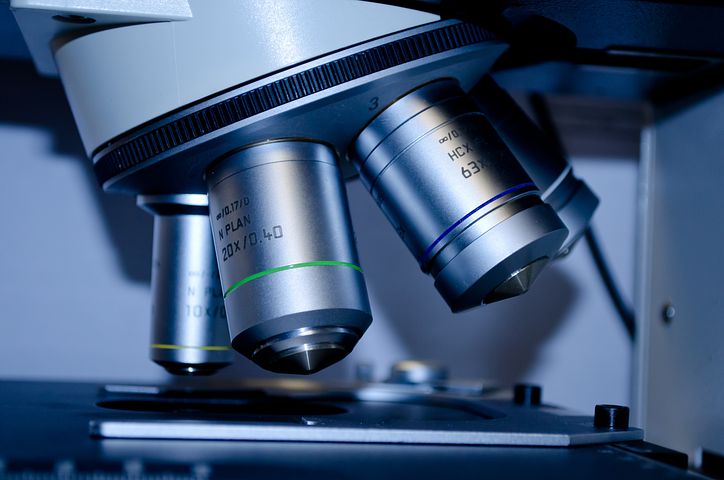Researchers from the Boston University School of Medicine have examined these coatings of drug-coated balloons at microscopic levels in hopes of producing more efficient alternatives for treating arterial disease.
May 3, 2019

Boston University School of Medicine (BUSM) researchers are examining drug-coated balloon catheters at a microscopic level in hopes of producing more efficient alternatives for treating arterial disease.
The researchers are specifically looking at the coatings of the devices. Obstructive arterial disease is a clinical challenge affecting millions of people in the world. Devices such as stents and balloon catheters are the primary choice for treating these narrowed vessels. While the use of stents is beneficial in many cases, once implanted, they remain in the body permanently. Presence of such foreign bodies inside an artery can lead to unexpected complications in some patients. Therefore, using a DCB to open the narrowed vessel and immediately deliver medications to the site is an attractive strategy because there is no device left within the vessel after the procedure.
"Unfortunately, the delivery of drugs within a short period of time is extremely inefficient (less than 10%). It is important to understand how to improve delivery efficiency and also understand the mechanisms driving acute drug transfer and coating adhesion to the artery," corresponding author Vijaya Kolachalama, PhD, assistant professor of medicine at BUSM, said in a release.
The researchers performed a series of experiments including compression testing to measure the mechanics, scanning electron microscopy to examine the intrinsic coating structure and cell cultures to quantify drug toxicity. They also developed a biophysical model to illustrate the interactions between the balloon coating and the artery during balloon angioplasty.
They found that microscopic particles of some coatings have needle-like shapes and some have spherical shapes and that these shapes determine the mechanics of contact between coating and the artery, which in turn influences the amount of drug transfer to artery. "Ultimately, this affects the device performance and the outcomes."
BUSM researchers said they believe improving the understanding of these coatings can lead to better design of drug-coated balloon catheters, which can impact millions of people suffering with arterial disease.
About the Author(s)
You May Also Like


